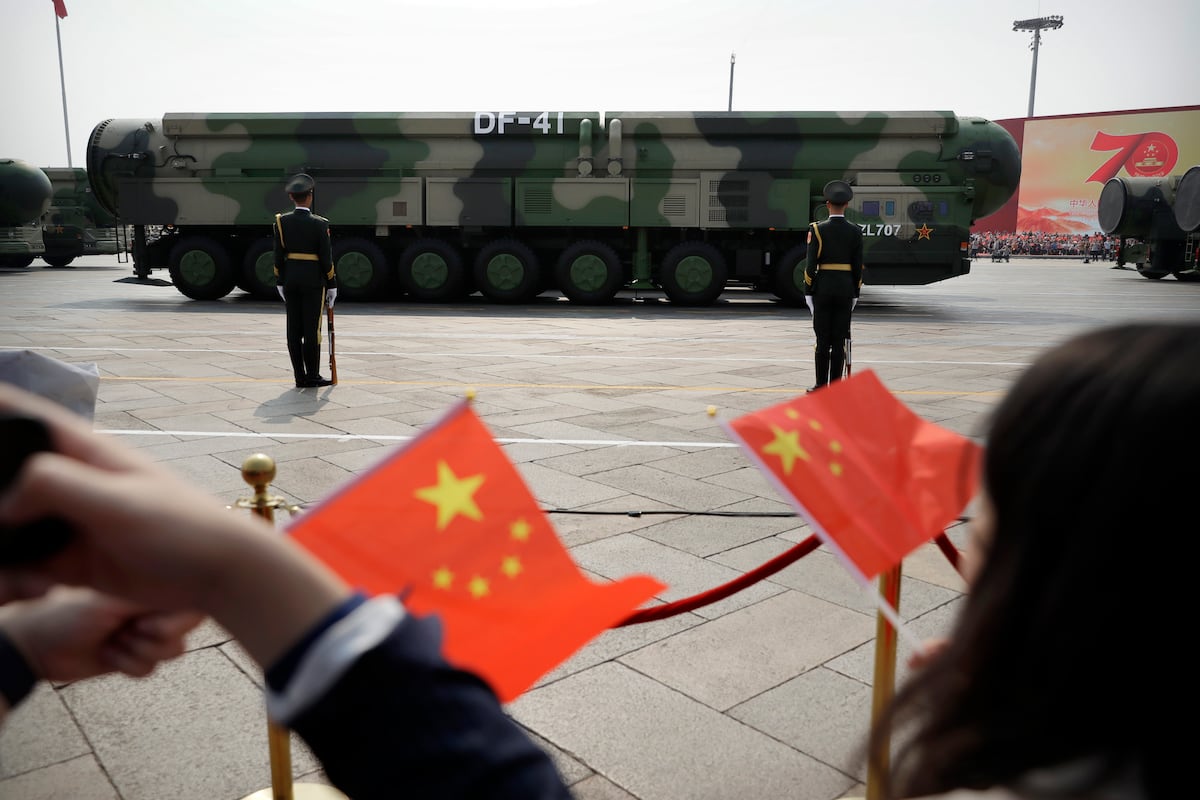Autonomous Cargo Operations: A Strategic Leap in Military Logistics
Overview of Autonomous Flights in the Indo-Pacific
This summer, the U.S. Air Force showcased a significant advancement in military logistics during the Resolute Force Pacific (REFORPAC) exercise. Autonomous cargo flights across the Pacific, particularly between various Hawaiian islands, represented a critical new capability aimed at optimizing logistics in the event of a conflict with China.
These operations employed a Cessna 208B Grand Caravan, utilizing Joby Aviation’s Superpilot software to enable remote control from Guam, approximately 4,000 miles away. This initiative aims to lower the costs associated with logistics flights during wartime scenarios.
Operational Safety and Real-World Challenges
Each flight included a safety pilot tasked with monitoring the automated systems and ready to intervene if necessary, although no manual intervention was required. This reflects a notable evolution in the Air Force’s previous experimentation with autonomous cargo aircraft, marking the inaugural implementation in the Indo-Pacific region.
Key operational challenges addressed included:
- Long-Distance Navigation
- Dynamic Routing
- Variable Weather Conditions
- Interoperability with Allied Forces
A spokesperson from Pacific Air Forces emphasized that these exercises provided vital insights by simulating real-world logistical challenges.
Importance of Logistics in the Pacific Theater
Logistical operations remain a formidable challenge for military forces in the Pacific. The U.S. Air Force has been proactively enhancing its logistical framework to cope with increasing operational demands. This strategy, known as Agile Combat Employment, prioritizes flexibility and rapid-response capabilities, addressing the critical need for effective supply chain management in contested environments.
Key Goals of the REFORPAC exercise included:
-
Mobilization of Combat Forces:
- Transporting Air Force units into the operational theater.
-
Sustaining Operations:
- Maintaining forces over an extended duration under realistic conditions, enhancing joint exercises with allied nations.
Strategic Advantages of Autonomous Cargo Flights
One of the critical findings from the REFORPAC exercise was the potential of using smaller, autonomous aircraft, like the Cessna 208, to alleviate the workload on larger cargo planes. The benefits of this approach involve:
-
Creation of a Resilient Logistics Network:
- A coordinated fleet of autonomous aircraft can provide a more diversified and unpredictable supply chain, reducing reliance on larger cargo planes for every operation.
-
Enhanced Focus on Strategic Missions:
- Larger aircraft, such as the C-17 and C-130, can concentrate on long-range, critical supply missions, while autonomous units tackle shorter, riskier transport tasks to austere or remote areas.
Future Developments in Autonomous Logistics
The Air Force continues to explore the integration of autonomous logistics into its operational framework. Recent engagements have included a $17.4 million procurement agreement with Reliable Robotics to introduce a pilot-less C-208 for logistics operations in the Pacific. This follows a successful testing phase in previous military exercises.
AFWERX Innovations:
- The Air Force’s innovation arm, AFWERX, has been actively experimenting with various autonomous and electric aircraft technologies, collaborating with multiple vendors—including Joby Aviation—to enhance logistical capabilities.
Lt. Col. Jonathan Gilbert, the prime division chief of AFWERX, highlighted that REFORPAC provided a pivotal opportunity to demonstrate the effectiveness of these technologies in a realistic context. Lessons learned during this exercise will inform future developments in affordable technologies tailored to the operational needs of Air Force personnel.
Industry Collaboration and Future Directions
Joby Aviation, in partnership with L3Harris, is also working to develop hybrid VTOL aircraft capable of both crewed and uncrewed operations, further broadening the spectrum of logistics solutions available to the Air Force.
The data generated from the REFORPAC autonomous flights will be crucial for refining both the technological aspects and operational strategies required for dynamic and contested environments, supporting the overarching military objective of enhanced logistical efficacy in the Pacific.
By advancing autonomous logistics, the U.S. Air Force is not only transforming its operational paradigm but also ensuring that it remains strategically agile in an increasingly complex global landscape.





